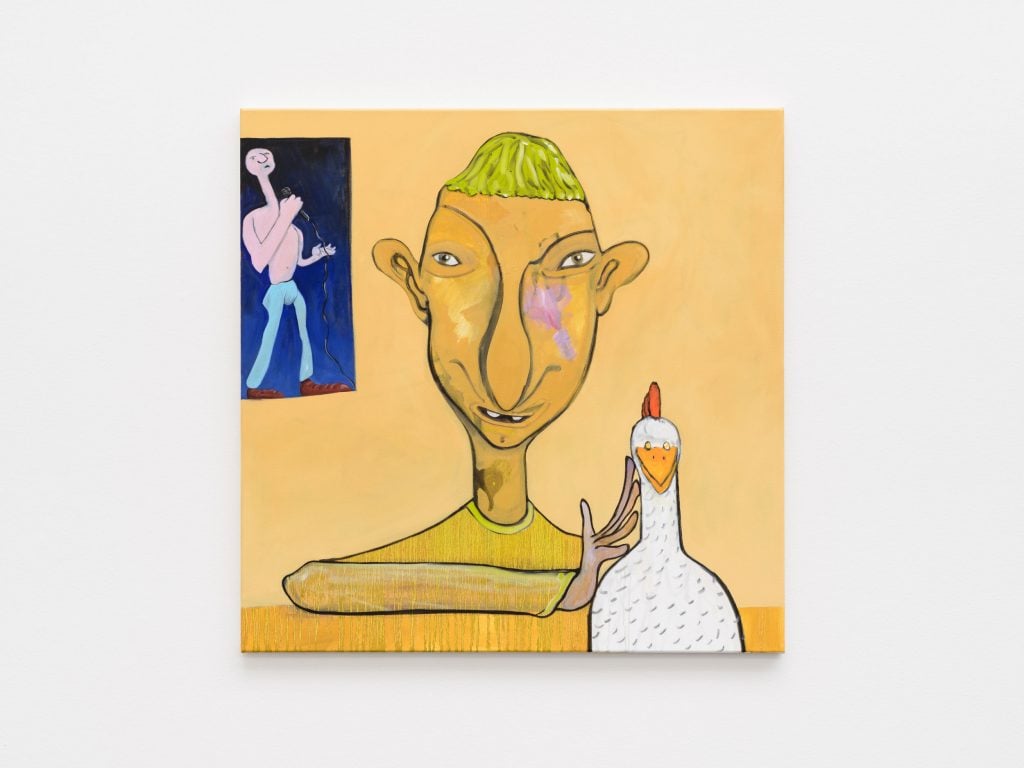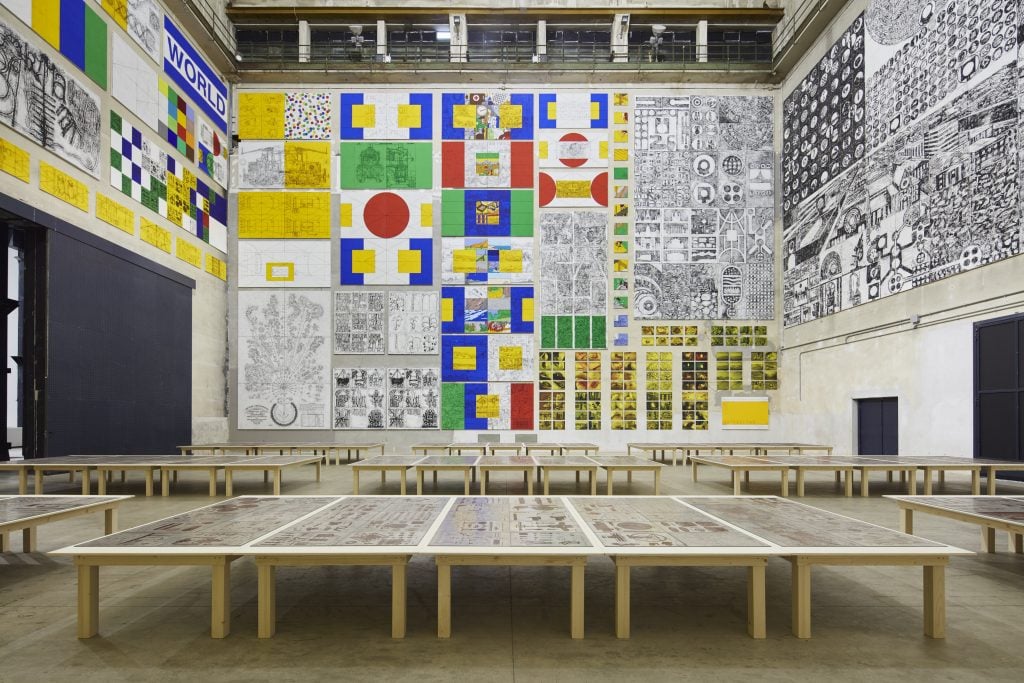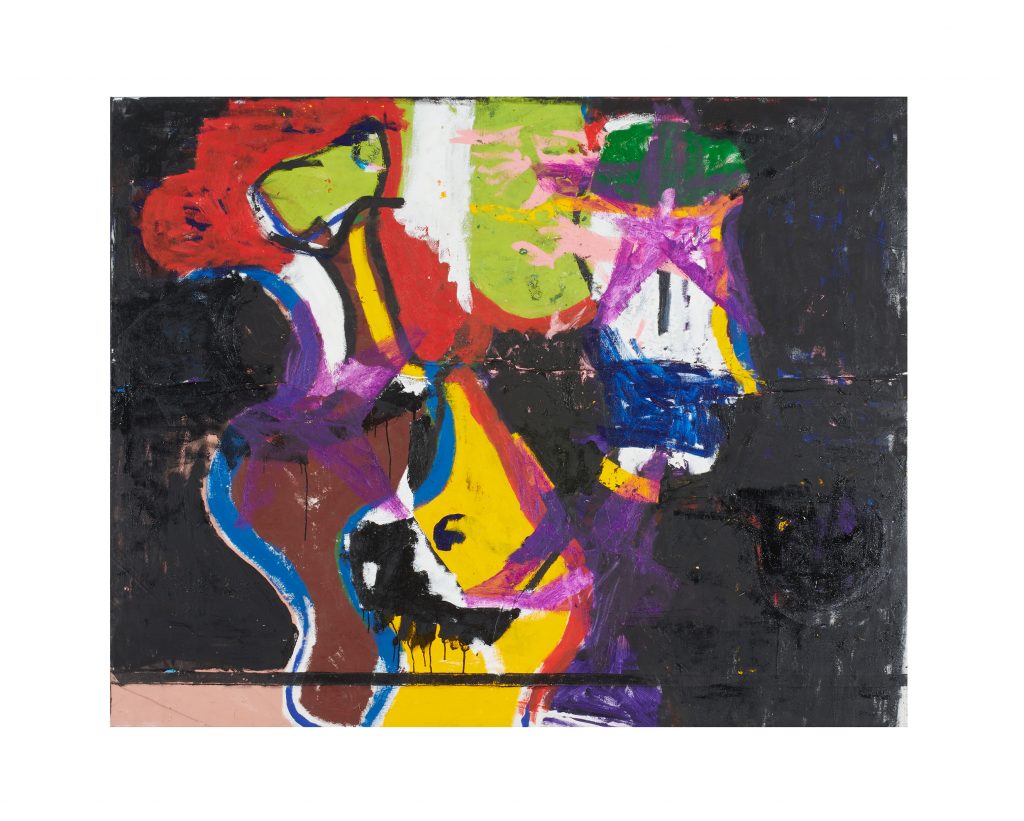Galleries
Zürich Art Weekend Has Always Thrived From Its Proximity to Art Basel. What Happens Now That the Big Fair Is Cancelled?
Around 24 dealers and 10 local institutions are taking part in this year's event.

Around 24 dealers and 10 local institutions are taking part in this year's event.

Naomi Rea

The international art world usually flocks to Zürich Art Weekend in the final days of spring as something of a warm-up exercise before the art-world Olympics that is Art Basel.
But with Art Basel taking place online only this year, and with lingering restrictions on international travel, not to mention the cancellation of Liste and other art fairs, you would not blame dealers for feeling pessimistic about the market.
Yet Zürich, with its dynamic local scene, remains a good place to be.
Switzerland, with its glut of high-net-worth collectors, has long had a flourishing local art market, holding 2 percent of the global art market share by value in 2019, according to Art Basel’s Art Market Report.
Zürich—the country’s largest city and its financial center—has a rich gallery scene and an art historical pedigree, having been a safe haven for exiled artists during the First World War.
“Zürich is home to the largest number of galleries and institutions and counts a large number of collectors,” says Victor Gisler, the founder of Zürich’s Mai 36 Galerie.

Installation View, Matt Mullican, “The Feeling of Things”, exhibition view at Pirelli HangarBicocca, Milan, 2018. Courtesy of the artist and Pirelli HangarBicocca, Milan. Photo: Agostino Osio.
Some 24 galleries and 10 institutions around the city—as well as many spaces that aren’t part of the official program—are putting the final touches on exhibitions that will be open late into the evening for the kick-off of Zürich Art Weekend on September 11.
Gisler’s gallery is showing a 50-year retrospective of the US artist Matt Mullican, and the dealer is optimistic about the response from collectors, despite the ramifications of a sagging economy.
One particular hotspot for visitors will be the emerging hub on Rämistrasse, as a cluster of galleries has been bringing new life to the historic cultural center.
The street is ideally located, with spaces to eat and drink, such as the nearby Kronenhalle restaurant, where Kandinsky and Chagall are known to have enjoyed gourmet cuisine, and the Grand Café Odeon, where the Dadaists used to meet. Cultural attractions including the city’s opera house, theater, and the Kunsthaus Zürich, are not far.

Joe Bradley, No Good (2020). ©Joe Bradley. Courtesy the artist and Galerie Eva Presenhuber, Zürich / New York.
In January, veteran Zürich dealer Eva Presenhuber opened a new space in the area as her gallery celebrated 30 years in business. (The new location has been hosting an exhibition of kaleidoscopic landscapes by the artist Shara Hughes since June.)
Presenhuber also opened another gallery on Waldmannstrasse, in the Rämistrasse area, in June, and the dealer tells Artnet News that she is expecting a high number of local visitors for Zürich Art Weekend, and that the gallery has already placed a number of works by Joe Bradley and Ugo Rondinone on reserve for collectors.
“While it is unfortunate that Art Basel cannot take place this year and that UK-based clients cannot visit us in Zürich without quarantining upon their return, we are looking forward to welcoming collectors and curators from Germany, Austria, and France this weekend,” she tells Artnet News.
Hauser & Wirth opened a second space on Rämistrasse in July, and is now showing work by the 20th-century Belgian master Georges Vantongerloo. The mega-gallery’s publishing headquarters have been situated in the area since last year.
![Matthew Day Jackson, <i>Bouquet and Picnic (Bull Run) [B63]</i>(2020). ©Matthew Day Jackson. Courtesy the artist and Hauser & Wirth. Photo by Stefan Altenburger Zurich.](https://news.artnet.com/app/news-upload/2020/09/JADAY106099-hires-1024x878.jpg)
Matthew Day Jackson, Bouquet and Picnic (Bull Run) [B63](2020). ©Matthew Day Jackson. Courtesy the artist and Hauser & Wirth. Photo by Stefan Altenburger Zürich.
“For the art market, the Rämistrasse was the place to be for many decades, but gentrification and the search for large white cube spaces pushed galleries out,” the gallery’s director, Pier Stuker, tells Artnet News.
“It’s exciting to see that the Rämistrasse is having more and more galleries. We definitely hope to contribute to making it relevant for the art market again.”
And while public health remains a priority, the local gallery hub offers collectors access to a dizzying array of art without the dangers of a busy convention center.
“Obviously everything has slowed down over the last months, but collectors were active despite this, and with their loyalty, many artists and galleries could continue,” Gisler says. If other European collectors were to converge on the city for Zürich Art Weekend, that would be icing on the cake.